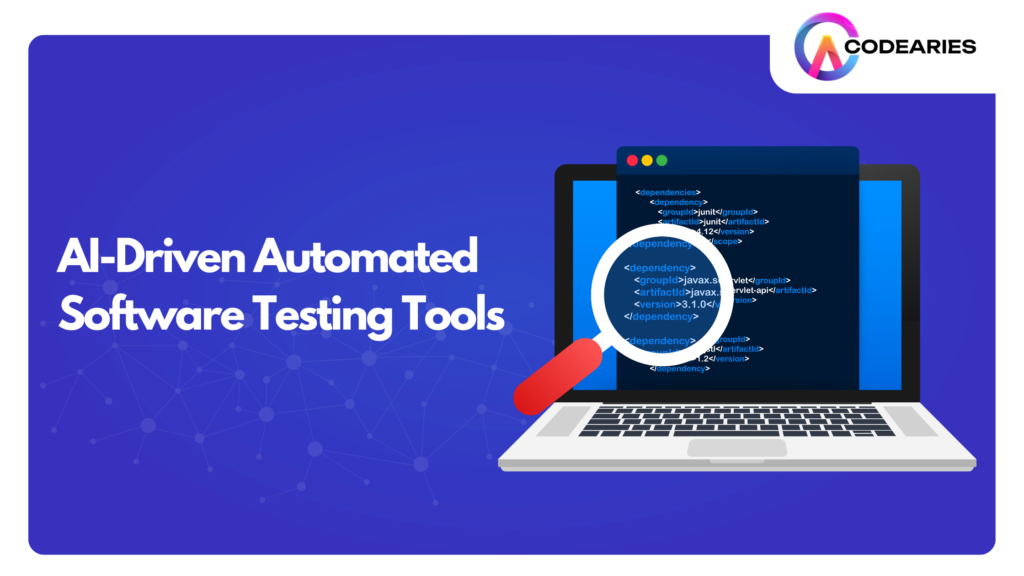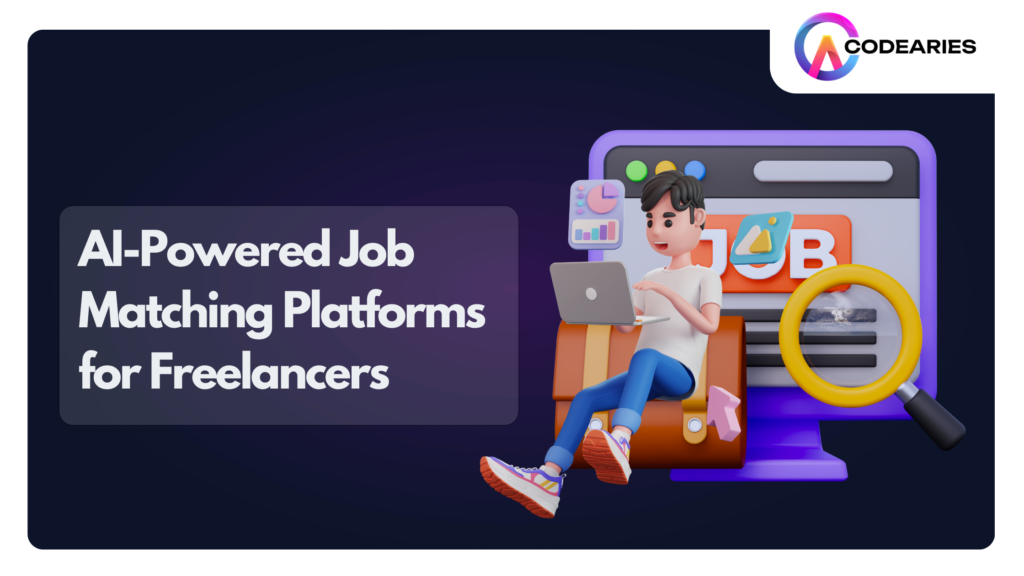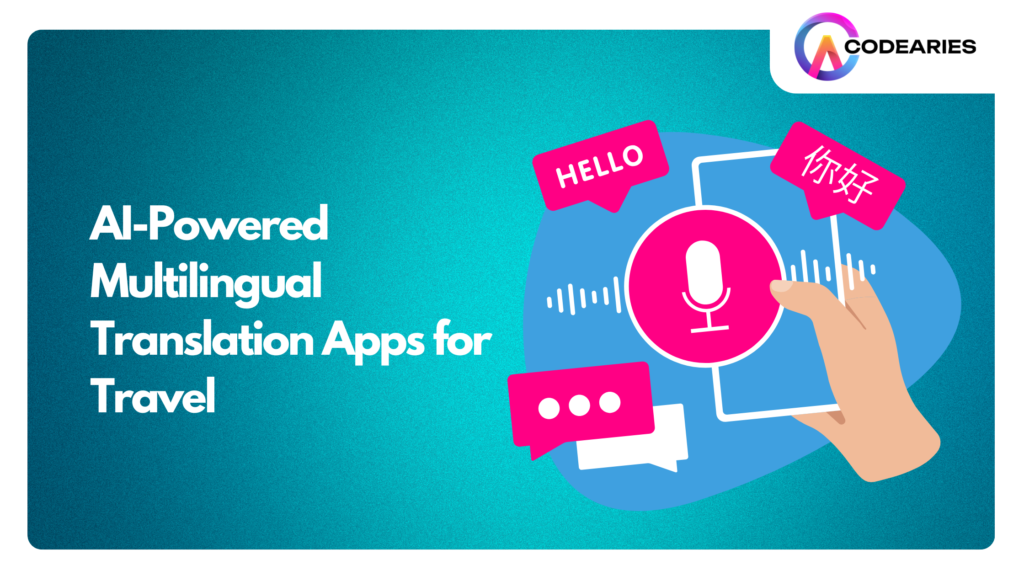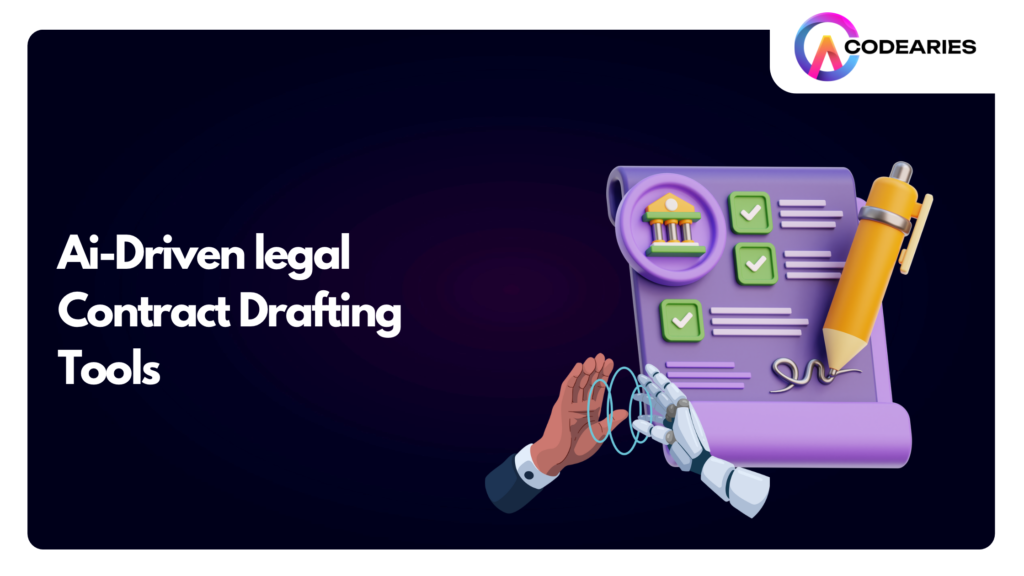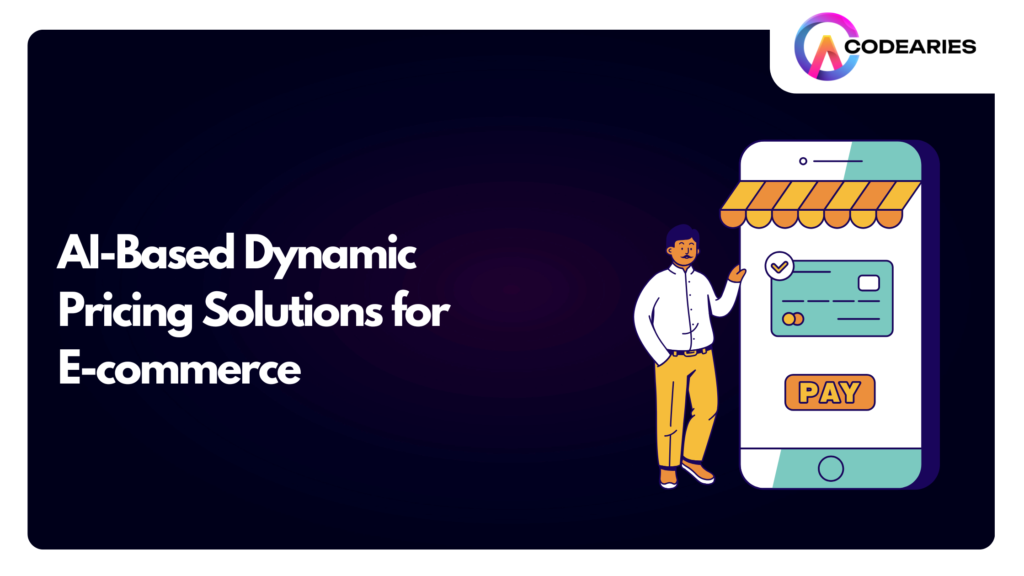AI-Driven Automated Software Testing Tools
The concept of AI in software testing may sound futuristic, but it is now transforming the industry. AI has come a long way from essential machine learning to advanced algorithms that can predict, adapt, and self-improve based on real-time data. By integrating AI into software testing, developers and testers can automate more tasks, improve test accuracy, and reduce the time it takes to detect and resolve bugs. AI-driven testing tools leverage a range of capabilities—such as machine learning, natural language processing (NLP), and predictive analytics—to improve test automation and make it more adaptable to changing software requirements. This evolution is rapidly changing the testing landscape, with many companies relying on AI to streamline their testing processes and stay competitive. Understanding Automated Software Testing Automated software testing has been a game-changer in software development for years. Unlike manual testing, which is time-consuming and prone to human error, automated testing allows scripts to test functionalities continuously, making it faster and more reliable. Traditional automation, however, has limitations, particularly when handling dynamically changing test cases or complex decision-making scenarios.As software evolves, there’s a growing need for tools that can adapt to changes without requiring extensive recoding. AI-driven tools offer flexibility and intelligence that go beyond traditional automation. What Are AI-Driven Automated Software Testing Tools? AI-driven automated software testing tools go beyond conventional automation. They leverage AI algorithms to create tests, predict failures, identify risk areas, and even “self-heal” test cases if code changes impact the testing scripts. Unlike traditional tools that follow a scripted approach, AI-driven tools can autonomously adjust to changes, making them much more resilient and adaptive in fast-paced development environments.The global AI-enabled testing market size was valued at USD 643.5 million in 2022 and the market is projected to grow from USD 736.8 million in 2023 to USD 2,746.6 million by 2030, exhibiting a CAGR of 20.7% during the forecast period.By incorporating intelligent functions like visual recognition, predictive analysis, and self-healing, these tools redefine the efficiency and reliability of automated testing, creating value at every stage of the software development lifecycle. Key Features of AI-Driven Testing Tools The most notable features of AI-driven testing tools include: Self-Healing Scripts: AI-driven tools can automatically adjust tests in response to changes in the application code, reducing manual intervention. Intelligent Test Prioritization: Based on risk and usage patterns, AI can rank tests in order of importance, ensuring that critical features are tested first. Autonomous Decision-Making: Using machine learning tools, one can make data-driven decisions during testing, such as identifying which tests to run based on historical data and error patterns. Predictive Analytics: Some tools can analyze past test results to predict the likelihood of defects in specific application areas, enabling preemptive testing. Benefits of AI-Driven Testing Tools With AI-driven testing tools, organizations can achieve several benefits: Cost and Time Efficiency: When optimized by AI, automated testing reduces the time and resources needed for testing, allowing for faster delivery cycles. Higher Accuracy and Coverage: AI can run more tests across various scenarios with high accuracy, covering edge cases that manual testing might miss. Enhanced Scalability: AI testing tools can scale with the application’s complexity, effortlessly handling massive test suites and intricate workflows. Continuous Improvement: AI algorithms learn from each test cycle, improving the effectiveness and efficiency of tests over time. The Role of Machine Learning in Test Automation Machine learning (ML) is at the heart of AI-driven testing tools. ML models analyze data from past test cycles, detecting patterns that inform test prioritization, error prediction, and optimization of test case selection. This level of analysis enables a more predictive approach to testing, ensuring critical tests are prioritized, and potential defects are addressed before they escalate. AI and Visual Validation in Testing Visual validation, where AI shines, helps ensure that applications look correct across various screen resolutions and devices. AI-driven tools can detect subtle visual discrepancies, even ones the human eye may miss. This capability is particularly beneficial for UI-heavy applications, where a consistent user experience is critical. Popular AI-Driven Automated Software Testing Tools Several AI-driven testing tools stand out in today’s market, each offering unique capabilities to meet diverse testing needs. Some of the top tools include: Testim: Known for its self-healing scripts and codeless testing capabilities, Testim uses AI to streamline functional and regression testing. Applitools: Specialized in visual testing, Applitools employs AI to identify visual bugs and inconsistencies across multiple devices and browsers. Functionize: A robust tool that leverages machine learning to create adaptive tests, ideal for handling complex testing scenarios. Mabl: Offers AI-driven testing for web applications, with features like visual testing, API testing, and test results analytics to optimize the testing process. Sauce Labs: Known for its cloud-based testing capabilities, Sauce Labs uses AI to support cross-browser testing and integrate seamlessly with CI/CD pipelines. Each tool has distinct strengths, so it’s essential to consider the unique requirements of your development environment before making a selection. Comparison of Leading AI-Driven Testing Tools When choosing an AI-driven testing tool, it’s helpful to compare features, pricing, and usability to find the best fit. Here’s a quick comparison of some popular tools: Tool Specialization Key Features Pricing Model Ideal For Testim Functional Testing Self-healing, codeless tests Subscription-based Medium to large teams Applitools Visual Testing AI-driven visual validations Usage-based Cross-browser testing Functionize ML-Powered Automation Predictive analysis, adaptive testing Subscription-based Complex environments Mabl Web Testing Visual testing, API testing Subscription-based Agile teams Sauce Labs Cross-browser Testing Cloud-based, AI analytics Usage-based DevOps environments These comparisons give a clear perspective on which tools may align best with different testing needs. Best Practices for AI-Driven Test Automation AI-driven test automation enhances software testing by improving efficiency, accuracy, and coverage. Here are key best practices for implementing AI in testing: Define Clear Objectives: Identify high-impact areas where AI can add value, such as self-healing tests or visual validation. Set measurable goals, like reducing test time or increasing coverage. Choose the Right AI Tools: Evaluate tools based on ease of use, scalability, and integration. Consider incorporating AI features into your existing

